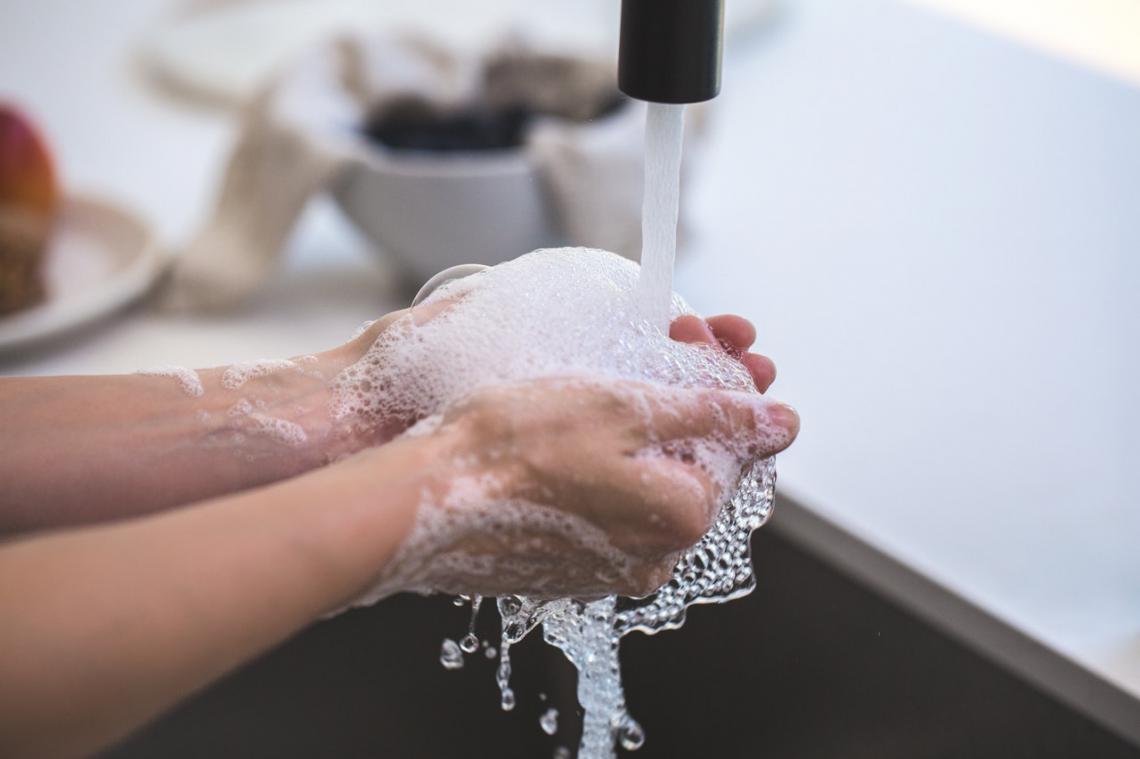A Guide to VR Headset Hygiene

It is common practice for optometrists to clean their equipment before every patient. A VR headset being used for therapy is no different as it too can act as a surface for carrying pathogenic organisms. As a preventative measure, the Vivid Vision clinical system includes a waterproof replacement faceplate that replaces the foam faceplate that comes standard on most VR headsets. The waterproof faceplate is a washable material better suited to multi-person use.
It is important to follow the protocols below to sanitize your VR equipment:
- Wipe the lens and any foam areas of your headset with a dry microfiber cloth. Dab the cloth into water or soapy water, when necessary.
- Do NOT use alcohol wipes, anti-bacterial wipes, or other cleaning agents on the lenses. It will damage the lens coating.
- If your headset has headphones that come into contact with the patient, we recommend removing them and having audio broadcast through the monitor's speakers.
- Clean the VR faceplate and VR controllers with non-alcohol-based anti-bacterial wipes or alcohol swabs after every user.
- Make sure the residue from non-alcohol or alcohol wipes completely dries - it can be a bit harsh on some people’s skin.
- Keep your VR headset somewhere where it won’t collect dust; use a can of compressed air to blow dust out of any nooks and crannies.
If you need a replacement faceplate, please visit VR Covers or AMVR Headset Options. They have options that fit various headsets (HTC Vive, Oculus Rift, etc) and offer multiple materials. We do not recommend the one-time use options at this time because they tend to create a false sense of security and can be troublesome to adhere to the facial interface.
Additional resources:
Find a Provider oculus rift vivid vision htc vive vr hygiene virtual reality
